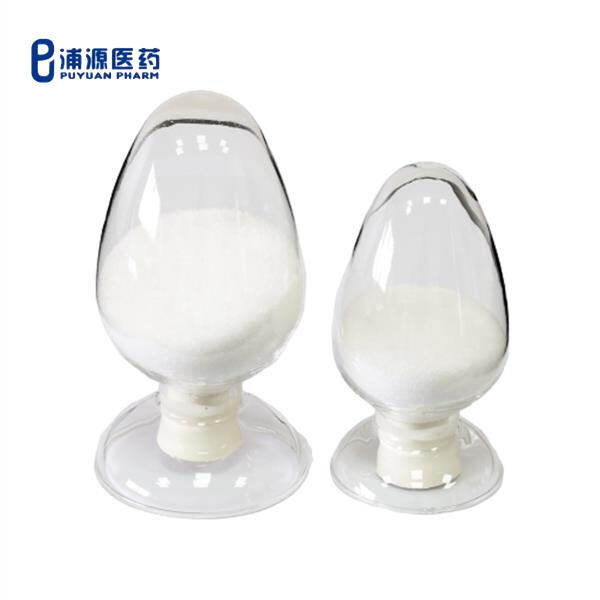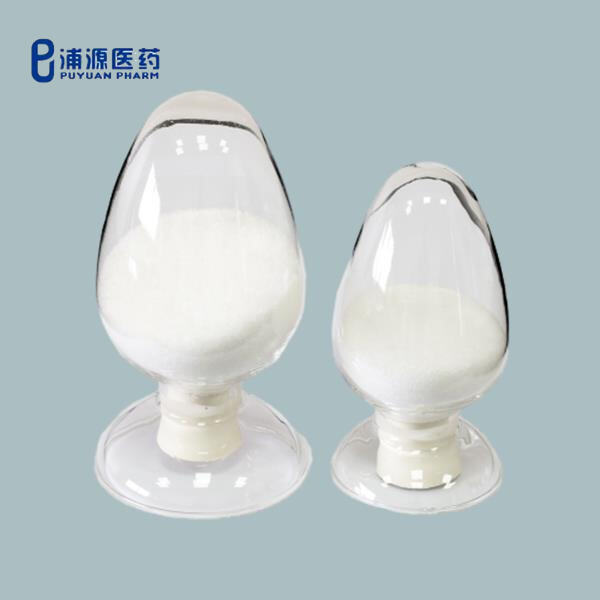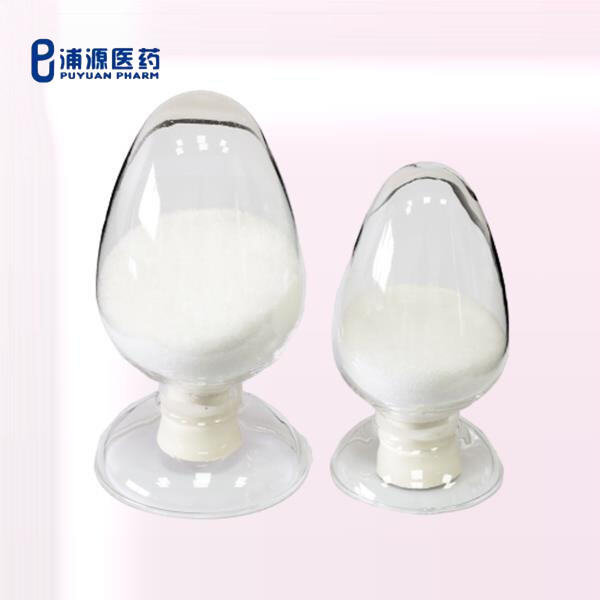Have you ever thought about the subtle substances in what are to become your daily business companions?, we will take a closer look at the distinctions between DCOIT and OIT. All those ingredients could seem like a lot to swallow, but have no fear: We’ll eventually reduce them to a simple mouthful. At the end of this article, you will have a clearer picture of DCOIT and OIT, and which ingredient is the best choice for your formulations.
DCOIT and OIT are preservatives of products including other preservatives to make the products last longer and not spoil. DCOIT is an abbreviation for 4,5-Dichloro-2-n-octyl-4-isothiazolin-3-one, and OIT is an abbreviation for Octylisothiazolinone. Phew, that is a shload of big words! But all you have to remember is that both DCOIT and OIT act to keep bacteria and other nasty microorganisms from growing in products like paints, coatings and personal care products.

So, which one is more effective – DCOIT or OIT? The truth is, it does depend on what product you are currently using. DCOIT is noted for its potent antimicrobial activity, and broad spectrum of activity against many kinds of microorganisms. In contrast, OIT is less stringent and less likely to provoke skin sensitisation. If your skin is sensitive then you may prefer products with OIT. But if you want a preservative that can handle heavy abuse, DCOIT might be a better option.

As with all things in life, DCOIT and OIT have their bad and good sides. DCOIT is very effective at low concentration, e.g., little is required to preserve a product against bacteria and fungi. However, DCOIT has been associated with environmental issues and may not be as environmentally friendly as OIT. In contrast to this, OIT is mild on the skin and relatively safe. However, OIT may be less effective than DCOIT towards some microrganisms.

When selecting between DCOIT and OIT for your formulations, there are some things to think about that are not always straight forward. If you are wanting a robust preservative to handle abuse, DCOIT could be the solution. But if you are trying to develop a product for sensitive skin or prefer being eco-friendly, OIT might be a better choice. It‘s worth doing your homework and speaking with some experts to make sure you are making the right decision for your formulas.